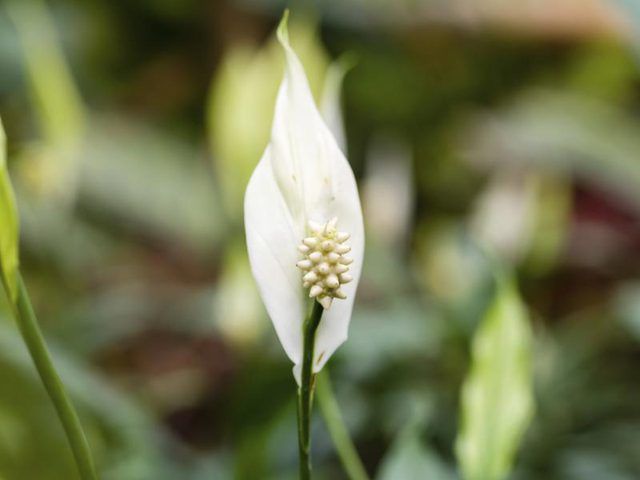Bulbs
Flower Basics
Flower Beds & Specialty Gardens
Flower Garden
Garden Furniture
Garden Gnomes
Garden Seeds
Garden Sheds
Garden Statues
Garden Tools & Supplies
Gardening Basics
Green & Organic
Groundcovers & Vines
Growing Annuals
Growing Basil
Growing Beans
Growing Berries
Growing Blueberries
Growing Cactus
Growing Corn
Growing Cotton
Growing Edibles
Growing Flowers
Growing Garlic
Growing Grapes
Growing Grass
Growing Herbs
Growing Jasmine
Growing Mint
Growing Mushrooms
Orchids
Growing Peanuts
Growing Perennials
Growing Plants
Growing Rosemary
Growing Roses
Growing Strawberries
Growing Sunflowers
Growing Thyme
Growing Tomatoes
Growing Tulips
Growing Vegetables
Herb Basics
Herb Garden
Indoor Growing
Landscaping Basics
Landscaping Patios
Landscaping Plants
Landscaping Shrubs
Landscaping Trees
Landscaping Walks & Pathways
Lawn Basics
Lawn Maintenance
Lawn Mowers
Lawn Ornaments
Lawn Planting
Lawn Tools
Outdoor Growing
Overall Landscape Planning
Pests, Weeds & Problems
Plant Basics
Rock Garden
Rose Garden
Shrubs
Soil
Specialty Gardens
Trees
Vegetable Garden
Yard Maintenance
Why Do Peace Lily Leaves Turn Yellow?
Why Do Peace Lily Leaves Turn Yellow?. Although the serene white-hooded flowers are its crowning glory, peace lily’s (Spathiphyllum spp.) puckered veins make its lustrous, corrugated leaves another notable feature. With a limited perennial range in U.S. Department of Agriculture plant hardiness zones 11 and 12, peace lily is usually grown...

Although the serene white-hooded flowers are its crowning glory, peace lilyís (Spathiphyllum spp.) puckered veins make its lustrous, corrugated leaves another notable feature. With a limited perennial range in U.S. Department of Agriculture plant hardiness zones 11 and 12, peace lily is usually grown as a houseplant. Yellowing foliage is not only unappealing, but it may also be an early-warning signal that something needs correcting.
Don't Stress Me Out
Peace lily is sensitive to its surroundings, and it reacts to sudden changes or extremes in its environment. Drying winds and temperature extremes -- too hot or too cold -- may cause yellowing leaves. Peace lily prospers in daytime temperatures between 68 and 85 degrees Fahrenheit and nighttime temperatures that drop only 10 F from daytime highs. If you transplant it in your garden or repot it, peace lily may experience transplant shock, which causes some leaves to turn yellow. This plant prefers a shady spot and it does not respond well to direct sun, which can burn its leaves and turn them yellow.
Head Off a Crash
Older leaves, typically the larger leaves at the base of the peace lily, naturally turn yellow before they die. But younger leaves may also turn yellow because of improper watering. A peace lily responds best to moist soil that drains well. Before you water your plant, let the soil dry slightly but donít let it dry so much that the plant wilts. Although a wilted peace lily recovers quickly after you water it, severe wilting -- a condition known as "crashing" -- causes the leaves to turn yellow.
No Salt-Free Diet for Me
Peace lily is not a heavy feeder, but it may suffer from nutritional deficiencies, particularly magnesium, which causes yellow leaves. Penn State Extension recommends applying magnesium sulfate in the form of Epsom salts at the rate of 1/4 pound of Epsom salts dissolved in 10 gallons of water. For fewer plants, reduce the rate proportionately and use 1 ounce of Epsom salts dissolved in 2 1/2 gallons of water. To keep a peace lily healthy, fertilize with a liquid houseplant fertilizer such as 20-20-20 once every two to three months. Optionally, use a water-soluble 20-20-20 fertilizer mixed typically at the rate of 2 tablespoons per 1 gallon of water. Drench the soil with the fertilizer solution until the excess drains freely from the pot's drainage holes.
Wet Soil and Fungi
If your plant wilts when the soil is moist, the problem may be because the soil is too soggy. A number of fungal pathogens cause root rot diseases in waterlogged soil. Regardless of the fungal culprit, by the time you see symptoms, which include yellowing and dropped leaves, it is too late to treat the problem. Remove infected plants and throw out the soil. Fungal pathogens can live in the soil to reinfect new plants.